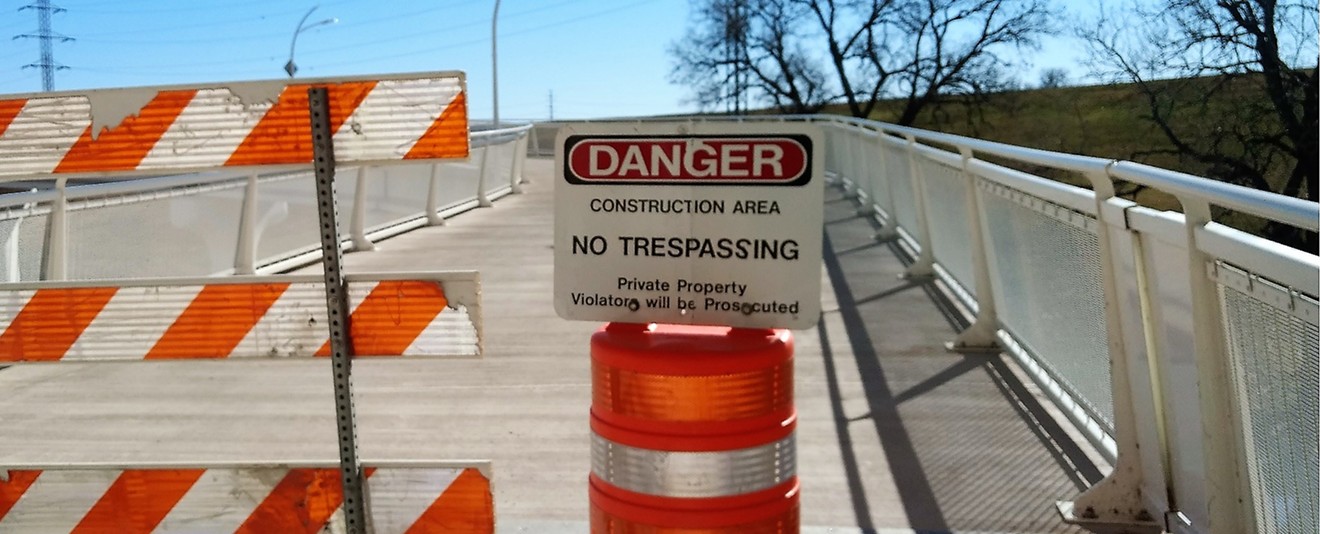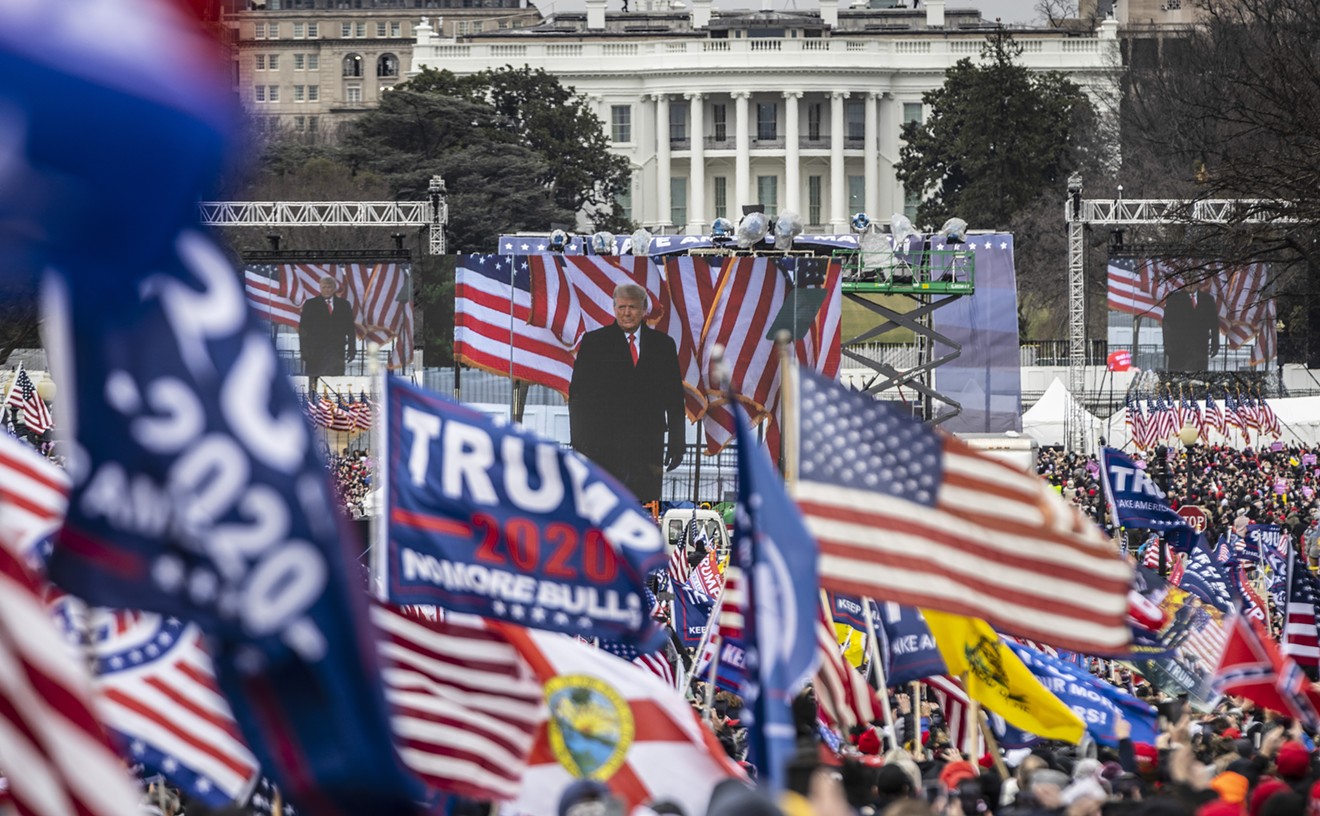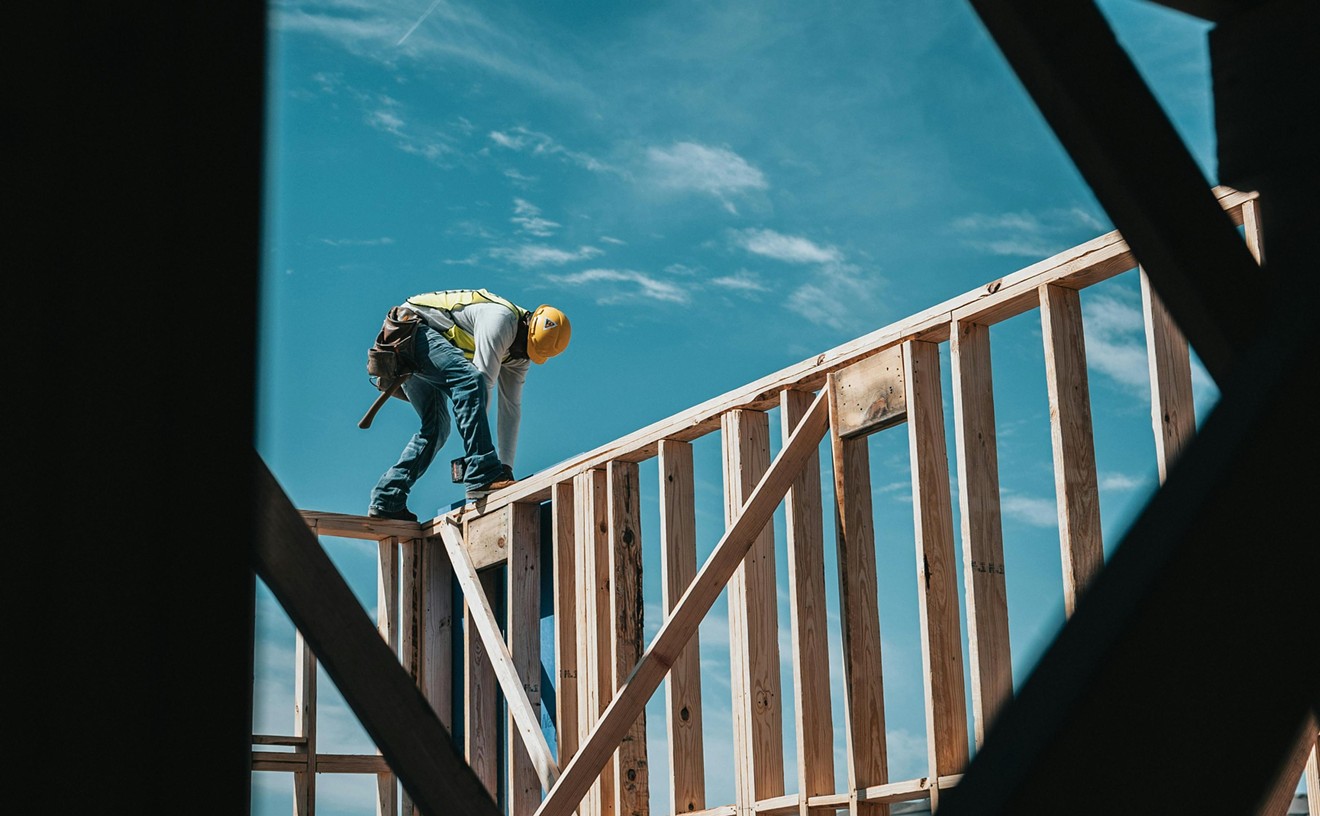The three-page TxDOT letter sent yesterday, which alleged “inaccurate and incomplete statements,” was addressed to and aimed at Sarah Standifer, the Dallas official overseeing the bridge project. The letter pointedly rejects attempts by Standifer and architect Santiago Calatrava to blame the bridge failures on TxDOT’s construction contractor, and it makes it plain that TxDOT doesn’t intend to assume the cost of putting things right:
“The city of Dallas is responsible for any cost overruns associated with the Margaret McDermott Bridge,” states Ceason Clemens, TxDOT project manager for an array of downtown Dallas expressway reconstruction projects.
An Observer story reported yesterday that the pedestrian and bicycle bridge designed by Calatrava, slated to open last summer, still has not been cleared for opening by the supervising engineer because of flaws that include repeated cracking of rods that are part of the cables that hold up the bridge. A trove of documents uncovered by City Council member Scott Griggs, never previously revealed to the full council, shows that Calatrava, Standifer and TxDot have been arguing for two years, sometimes heatedly, regarding blame for the cracked cable parts.
In her letter yesterday to Standifer, Clemens of TxDot says, “Numerous meetings have been held in an attempt to agree on a path forward. To date, those meetings have not produced a solution.”
Standifer is director of Trinity Watershed Management, a department of the city tasked some years ago with seeking completion of the failed Trinity toll road project. Standifer, who is not an engineer, only assumed the post of director after longstanding job qualifications requiring the director to be an engineer were amended, dropping that requirement.
Problems that have kept the bridge closed long after its scheduled opening have to do with parts that have failed in high winds. In the stack of correspondence unearthed by Griggs, all sides agree that proper testing of the materials was not carried out as a originally called for in the design specifications and that a crucial element called an adjustment rod was made of thinner material than called for in the original design.“The letters contain inaccurate and incomplete statements.” — Ceason Clemens, TxDOT
tweet this
The debate is about who decided to change the testing regime and who was responsible for shifting to thinner, weaker elements. Repeatedly in the correspondence, Calatrava’s team urges the city to carry out needed testing and even offers to lend the city money for the tests if the city can’t afford them.
In 2013, when the bridge project was still getting underway, the city discovered it was faced with a $12 million cost overrun. Twin Calatrava arches were to be appended to the sides of a plain vanilla concrete state highway bridge to give it the appearance of being a signature Calatrava cable-stayed bridge like ones that wealthy patrons of the project had seen in Spain.
The extra Calatrava arches, which contribute nothing structurally to the bridge but decoration, were slated before the overruns to add $100 million to the cost of the overall project. Taxpayers funded all but $5.5 million of the extra cost. The arches are designed to carry pedestrian and bike lanes on both sides of the concrete highway bridge but are not attached to the highway portion the bridge. In fact, three independent structures — two arches and one highway bridge — are called collectively the Margaret McDermott Bridge.

Someone decided to use thinner, cheaper materials to attach the cables to the bridge deck. Everybody involved says it was somebody else.
Jim Schutze
The debate now is not whether some of that VE savings made the pedestrian and bike lane bridges weaker. Everyone agrees it did. That’s why bridge elements cracked in high winds, and it is why the supervising engineer, Huitt-Zollars, won’t clear the Calatrava arches as safe and complete. The debate is about whose shoulders the responsibility for the VE decisions should fall upon.
Was it the contractor’s fault for failing to carry out proper tests and for building with weaker materials? Was it TxDOT’s fault for failing to better oversee the contractor?“The city of Dallas is responsible for any cost overruns associated with the Margaret McDermott Bridge." — Ceason Clemens, TxDOT
tweet this
Was it the city’s fault for pressing TxDOT and the contractor to accept the VE changes? Or was it Calatrava’s fault for designing a bad bridge?
Yesterday’s TxDOT letter to Standifer suggests in several parts that TxDOT considers both Calatrava, the designer, and the city of Dallas, his client, as jointly responsible for the VE changes and the consequences. What TxDOT does not consider responsible is TxDOT.
The TxDOT letter states pointedly, “As discussed multiple times, the fractured cable adjustment rod is a design issue. Resolution of the issue is the city’s responsibility.”
The letter also makes it clear that TxDOT is not eating the cost of either future delays or repair. In the documents released by Griggs, TxDOT reminds the city that the cost of keeping the contractor on the job after the job is complete will be roughly $1 million a month.
In yesterday’s letter, TxDOT tells Standifer, “Your letter requests that TxDOT instruct its contractor to remain on the job. ... The city of Dallas is responsible for any project cost overruns associated with the Margaret McDermott Bridge. The city will be responsible for the costs to keep the contractor on the site. Please confirm this request.”












